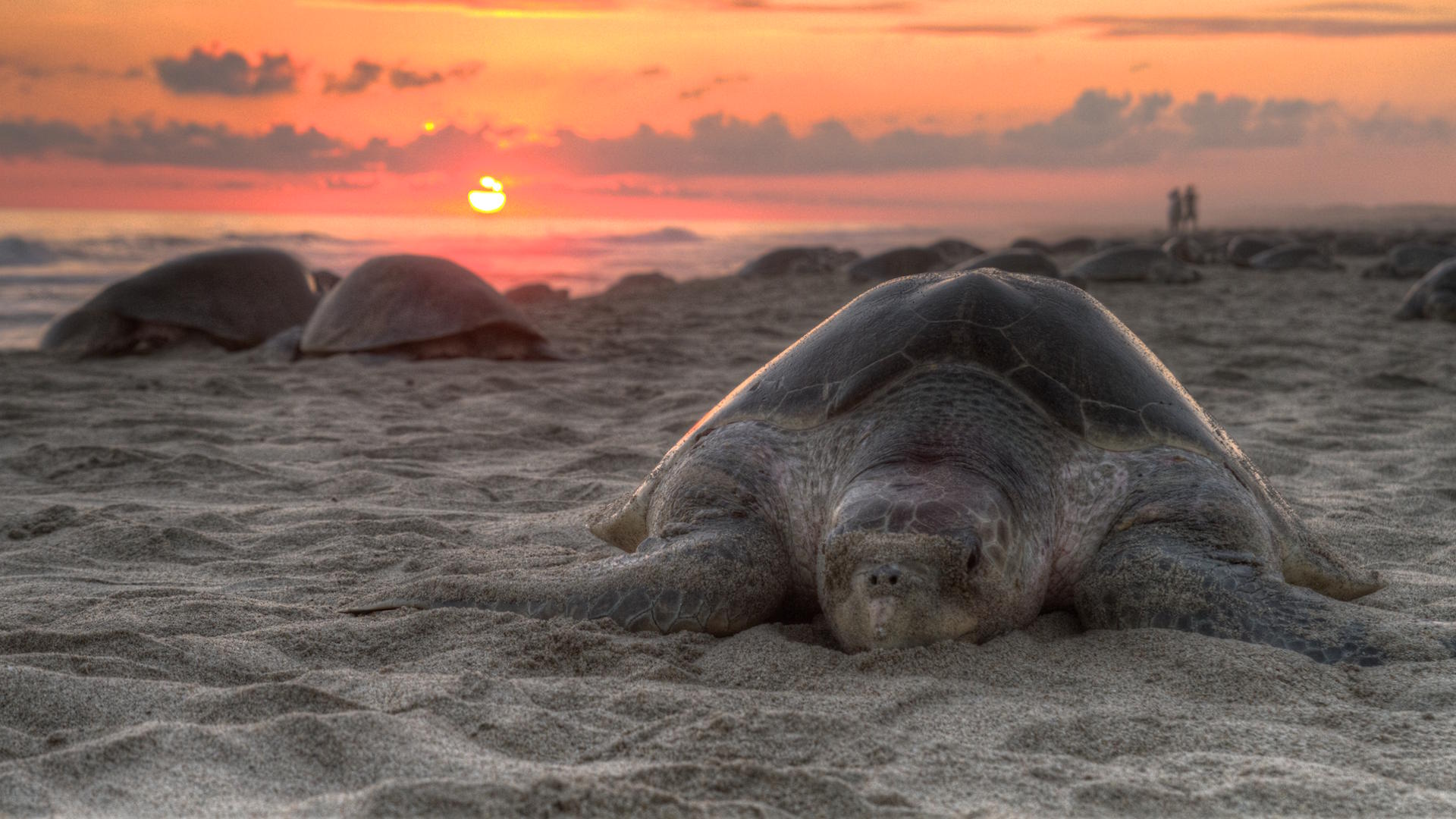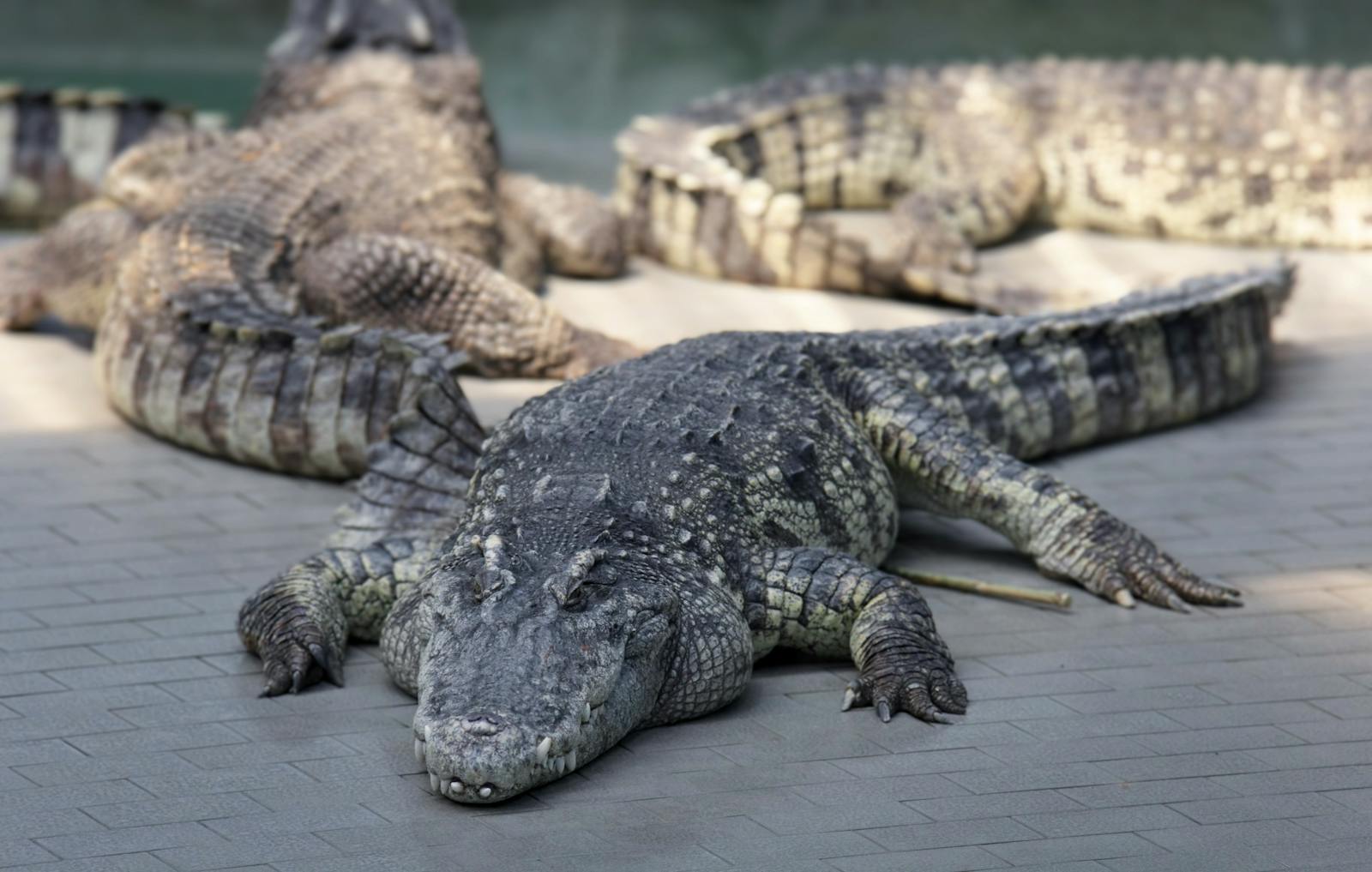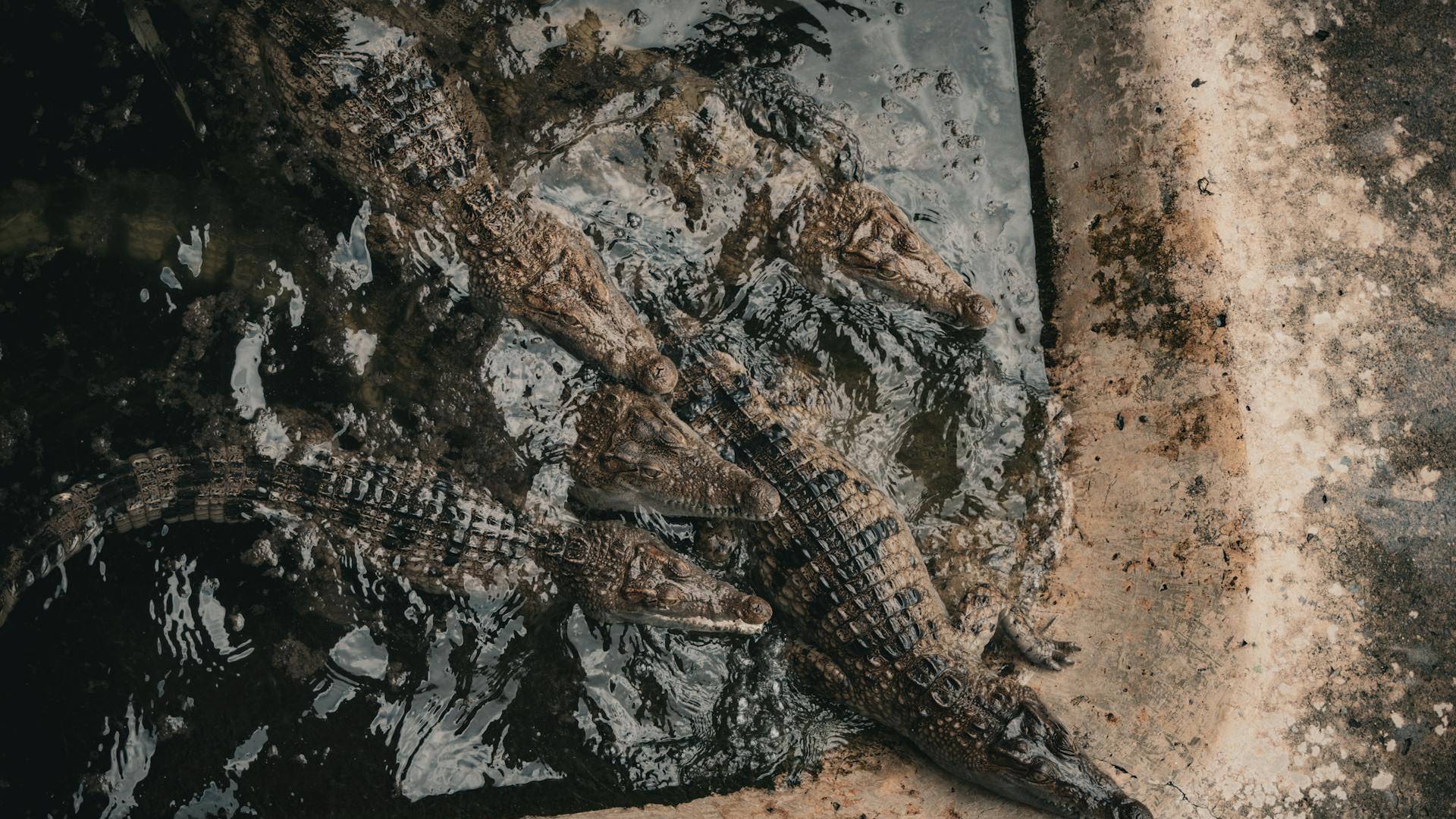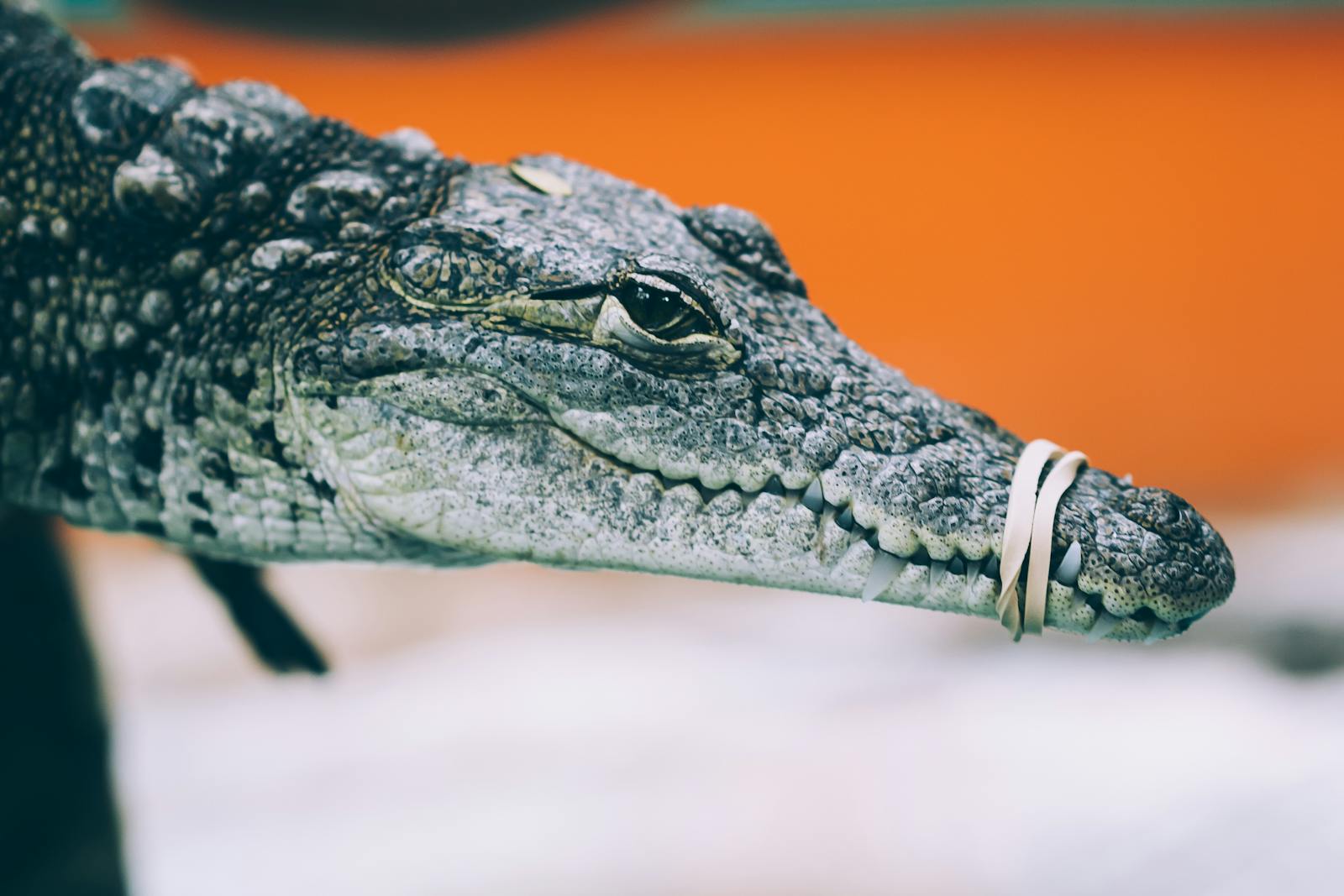The gentle giants of our oceans have navigated Earth’s waters for over 100 million years, surviving the extinction that claimed the dinosaurs. Today, however, all seven species of sea turtles face unprecedented threats from human activity. From plastic pollution to poaching, climate change to coastal development, these ancient mariners battle challenges their evolutionary adaptations never prepared them for. Yet amidst these challenges, dedicated conservationists, scientists, communities, and even tourists are joining forces in innovative ways to turn the tide. This article explores the remarkable conservation success stories emerging worldwide as humans fight to ensure sea turtles continue their ancient journey for generations to come. These efforts not only provide hope for sea turtle populations but also demonstrate how targeted conservation initiatives can make a measurable difference for endangered marine species.
Understanding the Crisis: Why Sea Turtles Need Our Help
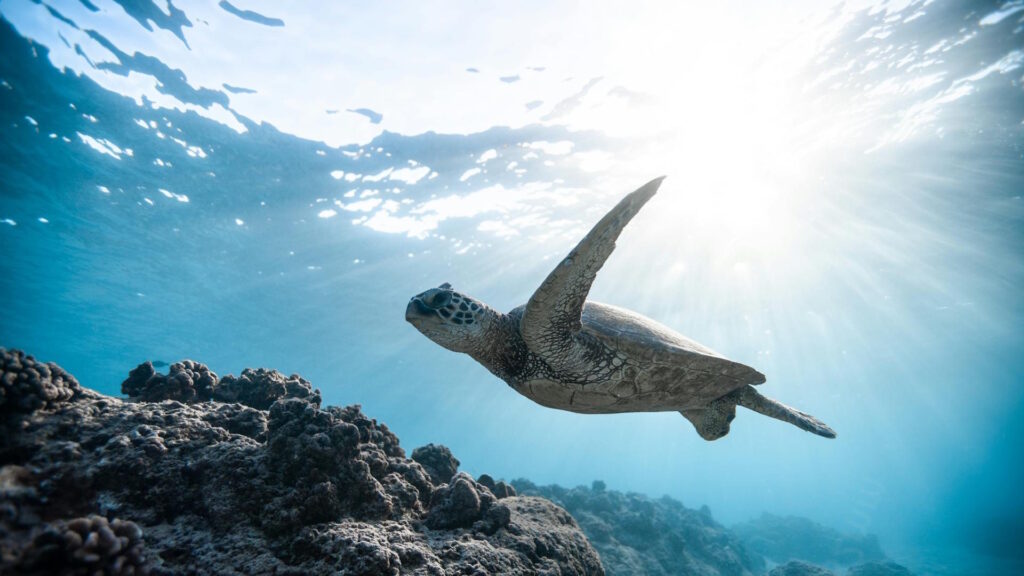
Sea turtles face a perfect storm of threats that have driven all seven species onto the endangered species list. Habitat destruction eliminates crucial nesting beaches, while light pollution disorients hatchlings, causing them to crawl away from the ocean instead of toward it. Plastic pollution presents a dual threat—sea turtles mistake floating plastic bags for jellyfish, consuming them with often fatal consequences, while microplastics accumulate in their bodies with still-unknown long-term effects. Climate change further complicates matters by altering sand temperatures that determine hatchling sex ratios, potentially creating generation-wide gender imbalances. The situation is so dire that scientists estimate only about one in 1,000 sea turtle hatchlings survives to adulthood under natural conditions—and human activities have made these odds even worse.
Beach Protection Programs: Safeguarding Crucial Nesting Habitats
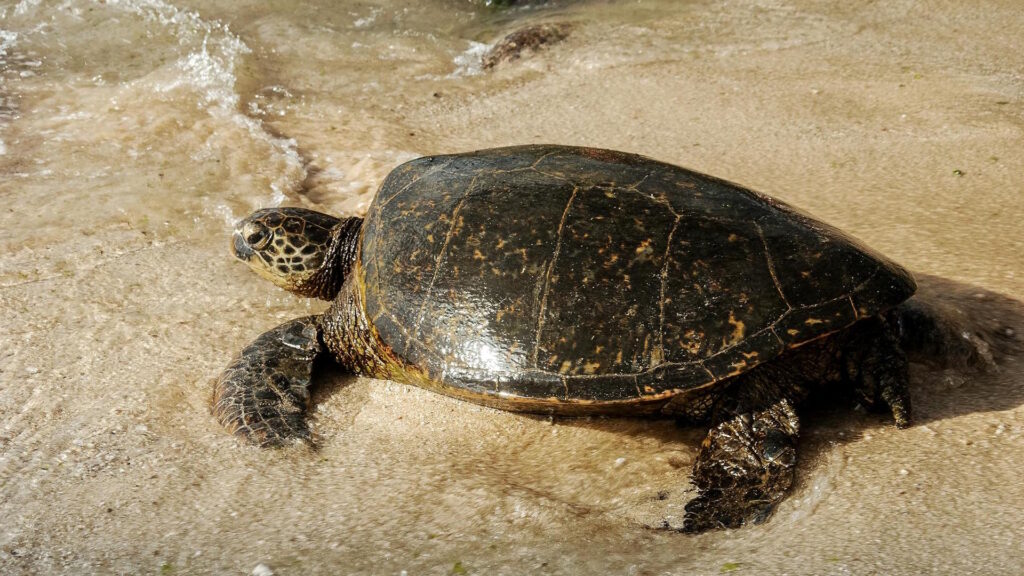
One of the most successful conservation approaches focuses on protecting the beaches where sea turtles return to lay their eggs. Organizations like the Sea Turtle Conservancy work with local governments to establish protected areas where development is restricted and beach access is carefully managed during nesting season. In places like Tortuguero, Costa Rica, once-rampant egg poaching has been virtually eliminated through these protected zones, allowing green turtle populations to increase by over 500% since protection began in the 1970s. Beach protection often includes regulations against artificial lighting, which can disorient nesting mothers and hatchlings. Communities from Florida to Australia have enacted “lights-out” ordinances during nesting season, requiring beachfront properties to shield or turn off lights visible from the beach. These simple measures have dramatically increased hatchling survival rates in tourist-heavy locations where development once threatened to eliminate nesting altogether.
Nest Monitoring and Relocation: Hands-On Conservation Success

Volunteer-driven nest monitoring programs have become frontline defense systems for vulnerable sea turtle populations worldwide. Trained volunteers patrol beaches during nesting season, identifying and marking nests to protect them from human and predator disturbance. In critical situations where nests face imminent threats from erosion, flooding, or human activity, conservationists carefully relocate eggs to safer locations, maintaining the precise orientation of each egg to ensure embryo survival. The success of these programs can be seen in places like the Archie Carr National Wildlife Refuge in Florida, where loggerhead and green turtle nesting has increased significantly since monitoring began. Following the devastating 2010 Deepwater Horizon oil spill, an unprecedented relocation effort moved over 28,000 eggs from Alabama and Florida beaches to the oil-free Atlantic coast, resulting in approximately 14,000 hatchlings successfully reaching the ocean who would otherwise have been lost.
Reducing Bycatch: Transforming Commercial Fishing Practices
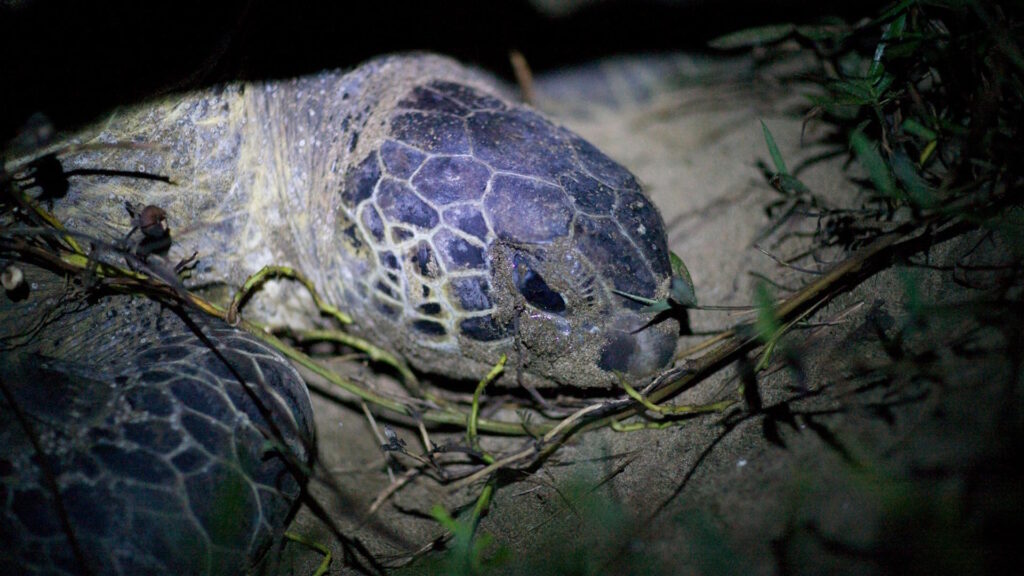
Commercial fishing poses one of the greatest threats to sea turtles, with hundreds of thousands accidentally caught in nets and on hooks each year. A revolutionary solution came in the form of Turtle Excluder Devices (TEDs)—simple grid-like structures installed in fishing nets that allow turtles to escape while retaining the intended catch. In areas where TED use has been consistently enforced, sea turtle drownings have decreased by up to 97%. Additionally, circle hooks have replaced traditional J-hooks in many longline fisheries, reducing sea turtle bycatch by as much as 90% while maintaining commercial catch rates. The International Seafood Sustainability Foundation has worked with tuna fisheries to implement Fish Aggregating Device (FAD) management plans that reduce entanglement risk. These technological innovations demonstrate that economic activities and conservation can coexist when industry stakeholders participate in finding solutions.
Satellite Tracking: Harnessing Technology for Conservation
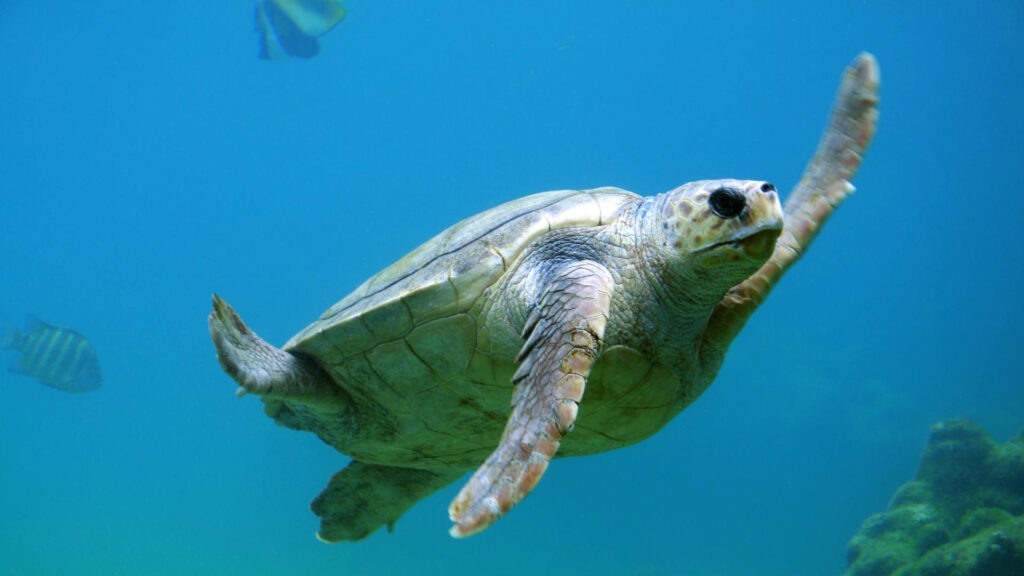
The mysterious oceanic migrations of sea turtles presented a significant challenge for early conservation efforts, as protection in one location provided little benefit if turtles faced threats elsewhere. Modern satellite tracking technology has revolutionized our understanding by allowing researchers to follow individual turtles across entire ocean basins. Organizations like OCEARCH and the Sea Turtle Conservancy have tracked thousands of turtles, revealing previously unknown migration corridors, feeding grounds, and areas of high interaction with fishing activities. This data has directly informed the creation of marine protected areas and fishing regulations in critical habitats. The tracking technology also enables precise identification of international boundaries crossed during migrations, facilitating cooperative conservation agreements between countries. Public-facing tracking platforms have transformed these scientific tools into powerful educational resources, allowing people worldwide to follow individual turtles online, creating emotional connections and increasing support for conservation efforts.
Addressing Plastic Pollution: Cleaning Up Turtle Habitats
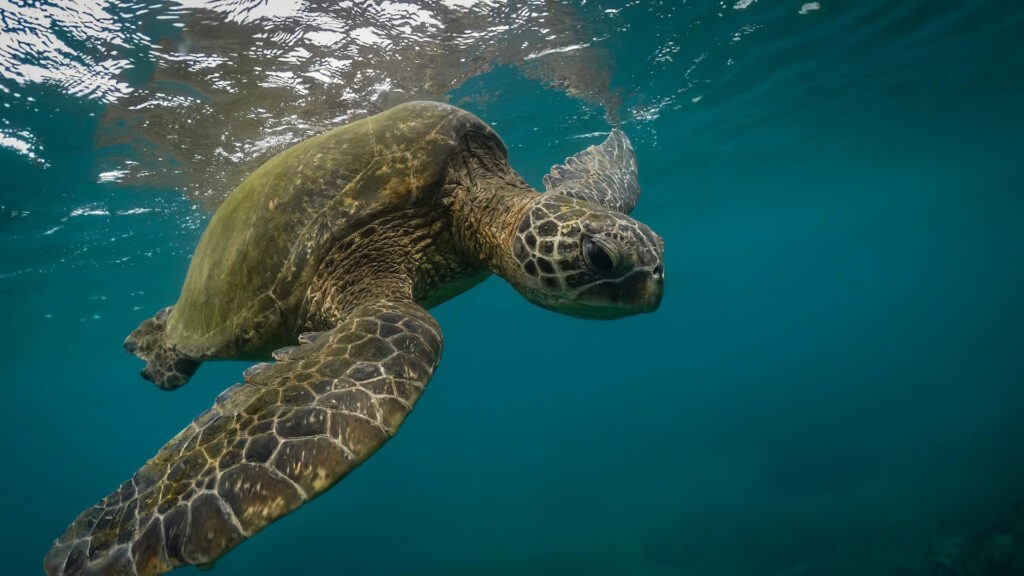
With over 8 million tons of plastic entering oceans annually, conservation groups have launched targeted cleanup efforts in key sea turtle habitats. Organizations like Ocean Conservancy coordinate the International Coastal Cleanup, which has removed over 300 million pounds of trash from beaches worldwide, directly reducing threats to nesting turtles and hatchlings. In the Mediterranean, where plastic concentration is particularly high, the MEDASSET initiative works with local fishing communities to collect marine debris during regular fishing activities. The Olive Ridley Project specifically targets ghost fishing gear—abandoned nets that continue to entangle marine life—in the Indian Ocean, having removed over 15 tons of netting and freed hundreds of entangled turtles. These cleanup efforts are increasingly paired with upstream solutions like plastic bag bans and packaging regulations to reduce the overall flow of plastic into marine environments.
Rehabilitation Centers: Giving Injured Turtles a Second Chance
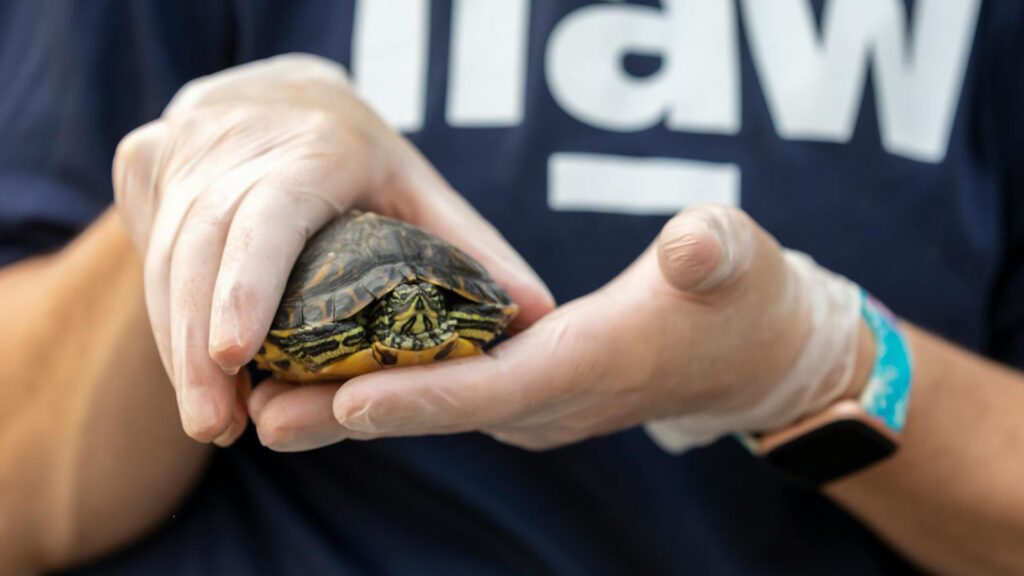
Specialized sea turtle hospitals and rehabilitation centers have emerged as critical components of conservation infrastructure, treating turtles suffering from fishing gear entanglement, boat strikes, plastic ingestion, and diseases like fibropapillomatosis. The Turtle Hospital in Marathon, Florida treats approximately 100 turtles annually, releasing over 1,500 rehabilitated turtles back to the wild since its founding. In North Carolina, the Karen Beasley Sea Turtle Rescue and Rehabilitation Center pioneered treatments for cold-stunned turtles, significantly improving survival rates during unusual cold-water events. These centers not only save individual turtles but serve as important research facilities, developing new veterinary techniques that benefit turtle medicine worldwide. Additionally, rehabilitation centers function as powerful educational platforms, welcoming thousands of visitors annually who develop personal connections with sea turtle conservation through encounters with patients in treatment.
Community-Based Conservation: Empowering Local Stewards

Some of the most dramatic conservation successes have occurred when local communities take ownership of sea turtle protection. In Ostional, Costa Rica, a groundbreaking program allows community members to legally harvest a sustainable number of olive ridley eggs during massive arribada nesting events, providing economic incentives to protect the majority of nests. This approach transformed former poachers into conservationists and has resulted in stable or increasing nesting numbers while supporting local livelihoods. In Mexico’s Baja California Peninsula, the Grupo Tortuguero network trains local fishermen as citizen scientists who monitor turtle populations and advocate for sustainable practices within their communities. On Indonesia’s remote Guardians Concession islands, former egg collectors now work as beach guardians, protecting nests while receiving compensation that replaces income previously earned from selling eggs. These community-based approaches recognize that sustainable conservation requires addressing human needs alongside ecological ones.
Ecotourism: Conservation Through Experience
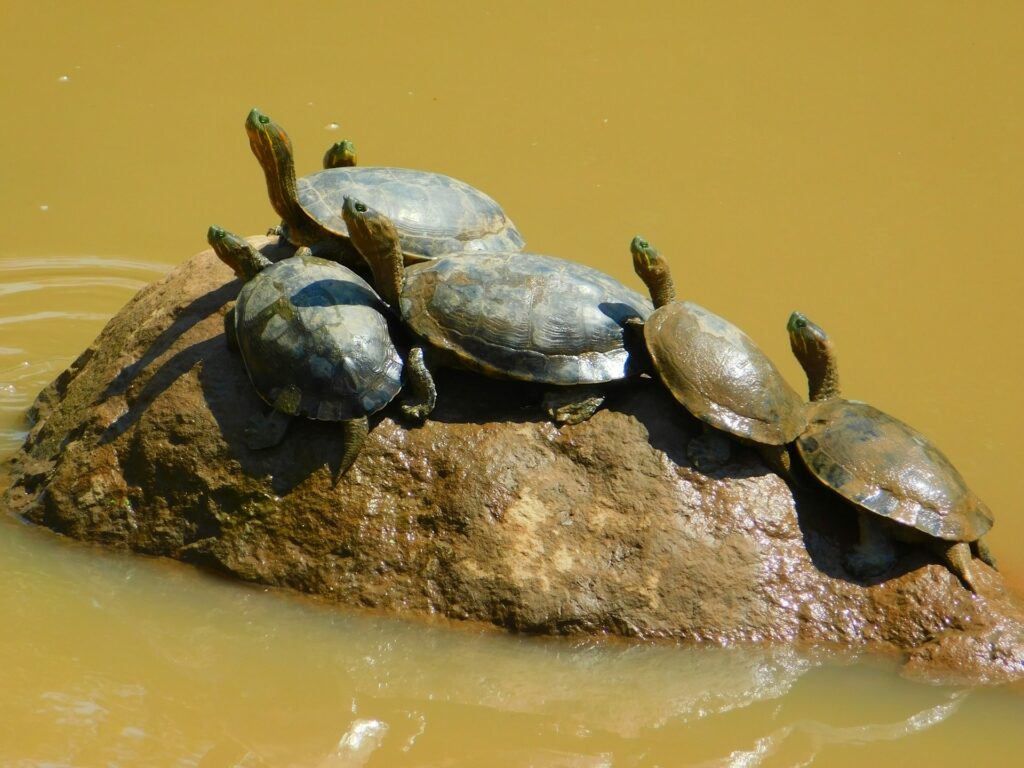
Properly managed turtle-focused ecotourism has become a powerful conservation tool, creating economic incentives to protect nesting beaches while raising awareness among visitors. In Costa Rica’s Tortuguero National Park, guided turtle watching tours generate over $6.7 million annually for the local economy, making live turtles far more valuable than harvested eggs or meat. Turtle Island in Borneo transformed from a commercial turtle egg collection site to a protected area where visitors pay to watch nesting, generating sustainable income for former egg collectors. Best practices have evolved to minimize disturbance, including red-light only policies, limited group sizes, and keeping specific beaches entirely tourist-free. Research shows that meaningful turtle encounters create “conservation converts”—visitors who return home as advocates for sea turtle protection, extending the impact far beyond the experience itself.
Hatcheries: Controversial but Effective Protection
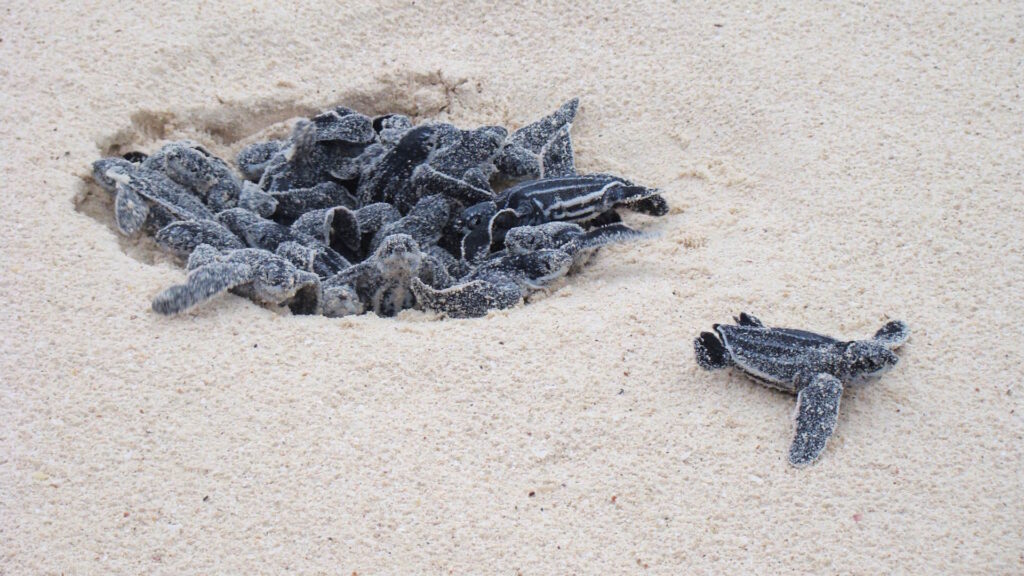
Hatcheries—protected enclosures where collected eggs are reburied and guarded until hatching—remain somewhat controversial but have proven effective in areas where in-situ protection is impossible. On Malaysia’s Lankayan Island, a hatchery program increased hatching success from nearly zero (due to previous egg collection) to over 80%, releasing more than 200,000 hatchlings since the program began. Modern hatcheries incorporate scientific best practices, including maintaining natural temperature profiles to ensure proper sex ratios and minimizing handling of eggs and hatchlings. In Bangladesh, a community-managed hatchery program on Saint Martin’s Island has successfully protected olive ridley nests from both human poaching and natural predation, with local religious leaders reinforcing conservation messages through Friday prayers. While scientists emphasize that natural nesting is preferable when possible, carefully managed hatcheries have provided crucial population boosts for critically endangered populations like Malaysia’s leatherbacks and can serve as transitional measures while habitat protection is strengthened.
Legal Protection: Creating Policy Frameworks for Recovery
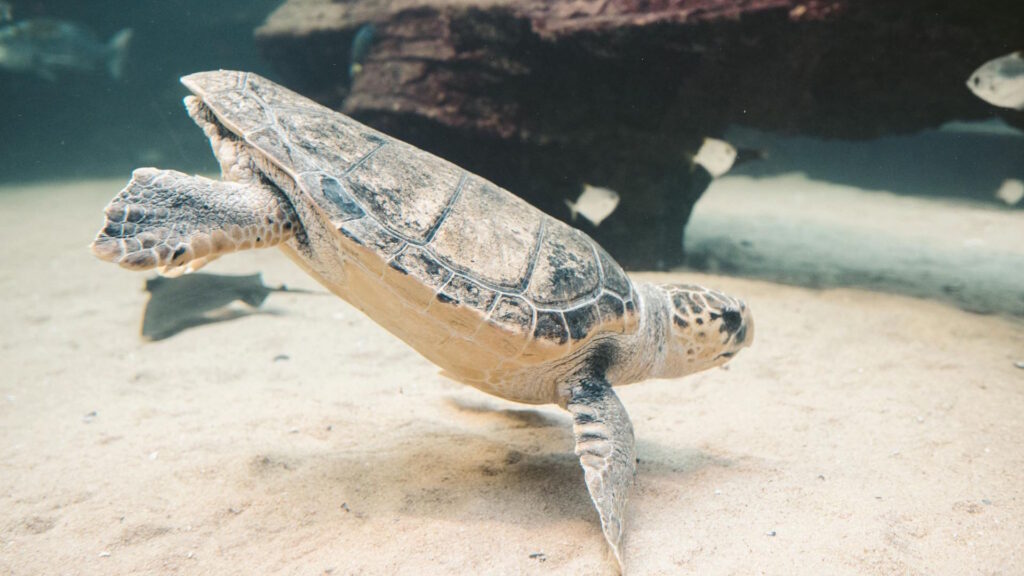
Effective legislative protection has been fundamental to sea turtle recovery in many regions. The U.S. Endangered Species Act’s protections for all sea turtle species has facilitated population increases for green turtles in Hawaii and loggerheads in the Atlantic through comprehensive habitat protection, fishing gear regulations, and enforcement mechanisms. The Inter-American Convention for the Protection and Conservation of Sea Turtles represents the world’s only binding international treaty focused specifically on sea turtles, creating cooperative conservation frameworks across national boundaries that match the migratory nature of these species. In Mexico, a 1990 national ban on sea turtle harvesting, once strictly enforced, transformed the country from one of the largest consumers of sea turtle products to a conservation leader. Within the European Union, the Habitats Directive requires member states to establish special areas of conservation for sea turtles, creating an international network of protected sites throughout the Mediterranean region.
Climate Change Adaptation: Preparing for a Warming World

Forward-thinking conservation programs are developing strategies to help sea turtles survive in warming oceans. Innovative beach management techniques include shading nests to lower temperatures and prevent production of all-female clutches, as sand temperature determines hatchling sex. On Australia’s Great Barrier Reef, researchers have conducted the first trials of nest sprinkler systems that could be deployed during extreme heat events to prevent egg mortality. Conservation organizations are increasingly purchasing and protecting inland buffer zones behind nesting beaches, creating space for beach migration as sea levels rise. Beach restoration projects in the Caribbean have begun incorporating “climate-smart” design principles, creating steeper slopes that remain viable for nesting even with moderate sea level increases. These adaptation strategies recognize that while mitigating climate change remains crucial, immediate measures are needed to help sea turtle populations navigate environmental changes already underway.
Measuring Success: Population Recoveries Worth Celebrating
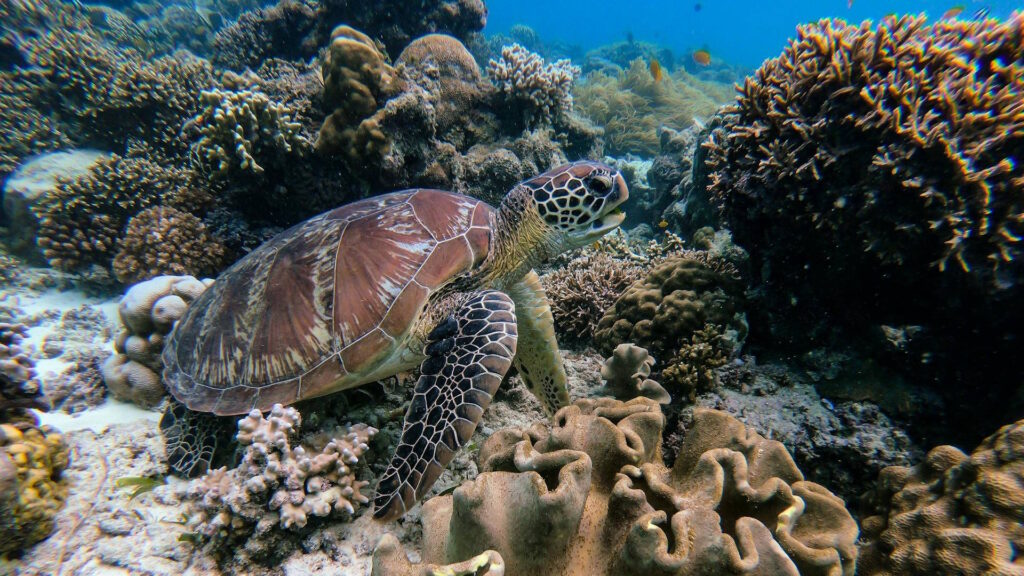
After decades of dedicated conservation work, several sea turtle populations show encouraging signs of recovery. Green turtle nests in Florida have increased from fewer than 500 in 1989 to over 39,000 in 2019, a remarkable 78-fold increase directly attributable to protection efforts. Kemp’s ridley turtles, once on the brink of extinction with only 200 nesting females, now count thousands of nesting turtles following intensive international conservation efforts between Mexico and the United States. On Japan’s Ogasawara Islands, loggerhead turtle nesting has increased by 400% since conservation measures began in the 1970s. Even leatherback turtles in the U.S. Virgin Islands show recovery, with nesting at Sandy Point National Wildlife Refuge increasing from 20 to about 100 nests annually since protection began. These success stories demonstrate that despite facing multiple threats, sea turtle populations can recover when given sufficient protection and time.
The Path Forward: Integrated Conservation for Long-Term Success

The most promising conservation approaches integrate multiple strategies across the entire life cycle and migratory range of sea turtles. The Northwest Atlantic Leatherback Initiative coordinates protection across feeding grounds in Canadian waters, migratory corridors along the U.S. eastern seaboard, and nesting beaches in the Caribbean. Project GLOBAL brings together scientists, conservationists, and fishing industry representatives to develop comprehensive bycatch reduction strategies that address the specific characteristics of different fisheries. Conservation leaders increasingly recognize that successful sea turtle protection requires addressing human dimensions—creating sustainable livelihoods for coastal communities, involving multiple stakeholders in decision-making, and developing conservation strategies tailored to local cultural contexts. The combined approach of beach protection, fisheries management, pollution reduction, and community engagement represents our best hope for ensuring these ancient mariners continue to navigate Earth’s oceans for generations to come.
Conclusion
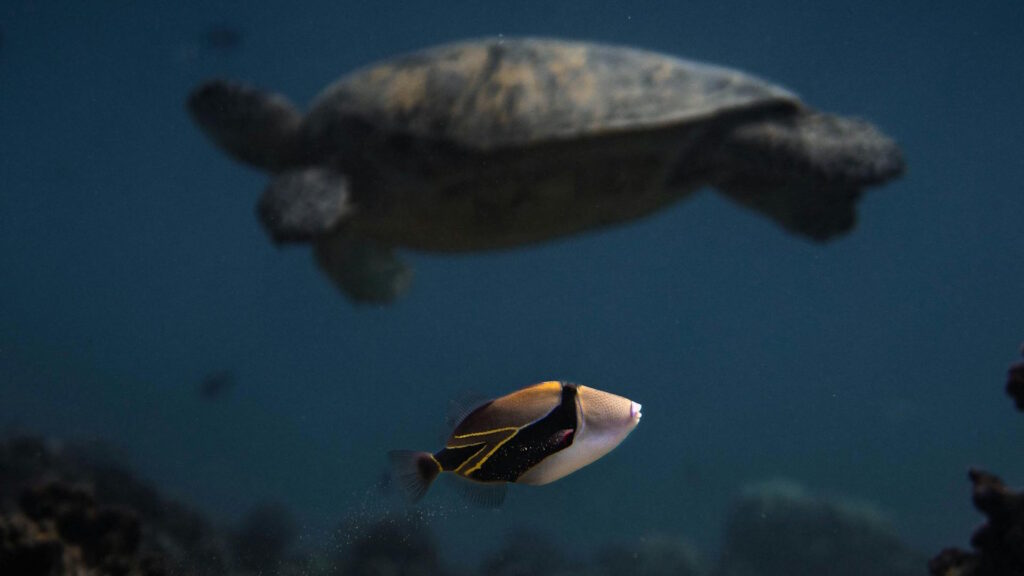
Sea turtles have survived for millions of years, enduring natural challenges that drove countless other species to extinction. The threats they face today are largely human-created, but so are the solutions. From high-tech satellite tracking to simple nest protection, from international treaties to local beach cleanups, conservation efforts are making measurable differences for sea turtle populations worldwide. While challenges remain, particularly from climate change and ocean plastic pollution, the success stories highlighted here demonstrate that dedicated conservation work delivers results. As sea turtles continue their ancient journey through our modern oceans, they carry with them the promise that even the most endangered species can recover when humans commit to their protection. Each hatchling that makes it safely to the water represents not just the continuation of a species but a testament to what we can accomplish when science, community action, and conservation policy work together toward a common goal.

